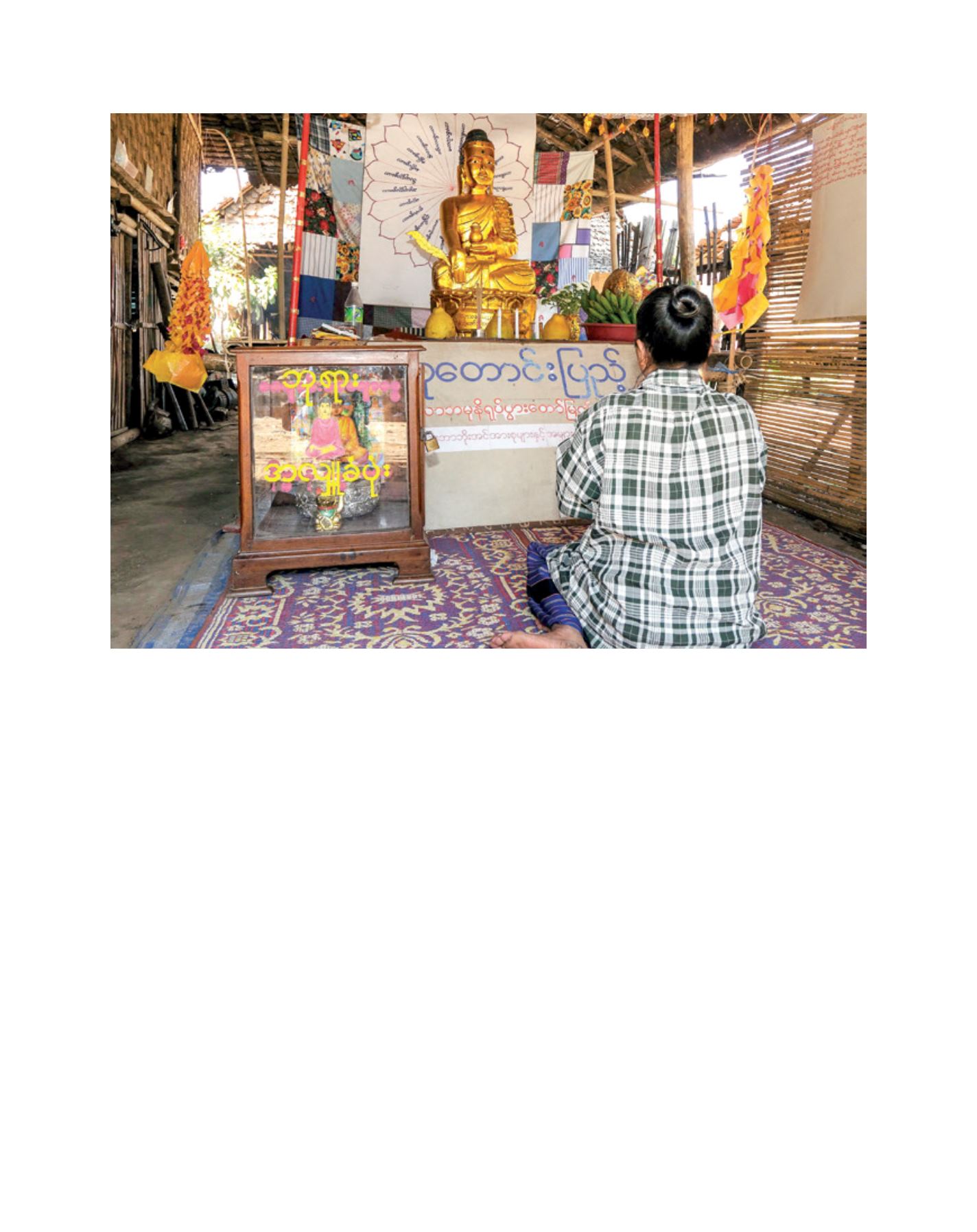

[
] 82
hospitality in Hindu culture. Central to the Hindu
Dharma,
or Law, are the values of
karu
ṇ
ā
or compassion,
ah
iṃ
s
ā
or
non-violence towards all, and
seva
or the willingness to
serve the stranger and the unknown guest. Providing food
and shelter to a needy stranger was a traditional duty of the
householder and is practiced by many still. More broadly,
the concept of
Dharma
embodies the task to do one’s duty,
including an obligation to the community, which should
be carried out respecting values such as non-violence and
selfless service for the greater good.
The Tripitaka highlights the importance of cultivating four
states of mind:
mett
ā
(loving kindness),
mudit
ā
(sympathetic
joy),
upekkh
ā
(equanimity), and
karu
ṇ
ā
(compassion). There
are many different traditions of Buddhism, but the concept
of
karu
ṇ
ā
is a fundamental tenet in all of them. It embodies
the qualities of tolerance, non-discrimination, inclusion and
empathy for the suffering of others, mirroring the central
role which compassion plays in other religions.
The Torah makes 36 references to honouring the ‘stranger’.
The book of Leviticus contains one of the most prominent
tenets of the Jewish faith: “The stranger who resides with
you shall be to you as one of your citizens; you shall love
him as yourself, for you were strangers in the land of Egypt.”
(Leviticus 19:33-34). Further, the Torah provides that “You
shall not oppress the stranger, for you know the soul of the
stranger, having yourselves been strangers in the land of
Egypt” (Exodus 33:1).
In Matthew’s Gospel (32:32) we hear the call: “I was
hungry and you gave me food, I was thirsty and you gave
me something to drink, I was a stranger and you welcomed
me.” And in the Letter to the Hebrews (13:1-3) we read:
“Let mutual love continue. Do not neglect to show hospi-
tality to strangers, for by doing that some have entertained
angels without knowing it.”
When the Prophet Muhammad fled persecution in Mecca,
he sought refuge in Medina, where he was hospitably
welcomed. The Prophet’s
hijrah,
or migration, symbolizes
the movement from lands of oppression, and his hospitable
treatment embodies the Islamic model of refugee protec-
tion. The Holy Qur’an calls for the protection of the asylum
seeker, or
al-mustamin,
whether Muslim or non-Muslim,
whose safety is irrevocably guaranteed under the institution
of
Aman
(the provision of security and protection). As noted
in the Surat Al-Anfal: “Those who give asylum and aid are in
very truth the believers: for them is the forgiveness of sins
and a provision most generous” (8:43).
There are tens of millions of refugees and internally
displaced people in the world. Our faiths demand that we
remember we are all migrants on this earth, journeying
together in hope.
Image: UNHCR /R. Arnold
In Thailand, a refugee from Myanmar prays in Nu Po Refugee Camp
A
gree
to
D
iffer

















